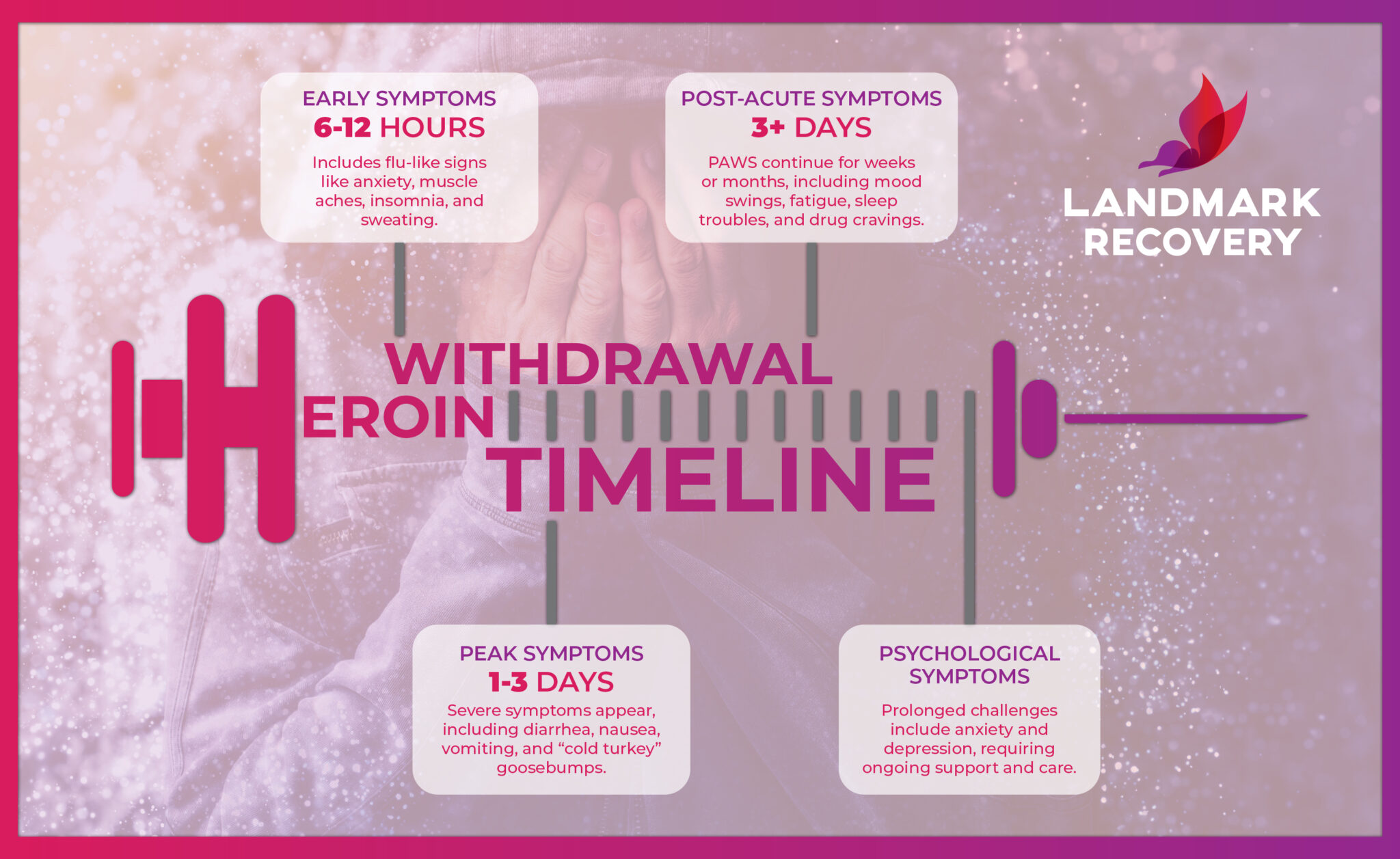How Long Does Winstrol Stay In Your System

For athletes and individuals seeking to enhance their physical performance or physique, anabolic steroids like Winstrol (stanozolol) have sometimes been considered. However, understanding the detection window – how long the substance remains detectable in the body – is crucial due to anti-doping regulations and potential health implications. The detection window varies based on several factors, prompting considerable interest and concern.
This article will explore the factors influencing Winstrol's detectability, the methods used for detection, and the broader implications for athletes and individuals considering or using this substance. It aims to provide a comprehensive overview based on current scientific understanding and available data. Understanding the pharmacokinetics of Winstrol is critical for making informed decisions about its use and avoiding unintentional violations of anti-doping policies.
What is Winstrol?
Winstrol, also known as stanozolol, is a synthetic anabolic steroid derived from testosterone. It is available in both oral and injectable forms. The drug is known for its ability to promote muscle growth and strength gains, while also reducing body fat.
While Winstrol is sometimes prescribed for certain medical conditions like hereditary angioedema, its use is largely associated with athletic performance enhancement. The drug is banned by most major sporting organizations, including the World Anti-Doping Agency (WADA).
Factors Influencing Detection Time
The detection window of Winstrol in the body is influenced by several key factors. These factors can significantly alter how long the substance remains detectable through various testing methods.
Type of Winstrol
Oral Winstrol generally has a shorter detection window compared to the injectable form. This is because oral steroids are processed more rapidly by the liver. The injectable form, which is usually a suspension, allows for a slower release into the bloodstream.
The injectable form of Winstrol can be detected for a much longer period. The oral version is cleared faster by the body.
Dosage
The dosage of Winstrol taken directly affects the detection time. Higher doses lead to a longer period of detectability, as the body needs more time to metabolize and eliminate the substance. A small dose will be processed more quickly.
Individual Metabolism
Individual metabolic rates play a significant role in how quickly the body processes Winstrol. Factors like age, genetics, liver function, and overall health influence metabolism. Individuals with faster metabolisms tend to clear the drug more quickly.
Genetic predisposition and liver health are key in determining metabolic rate. These factors vary widely between individuals.
Frequency of Use
Frequent or chronic use of Winstrol can lead to accumulation in the body, extending the detection window. Repeated exposure to the drug saturates the metabolic pathways involved in its breakdown. This results in prolonged detectability.
Detection Methods
Different detection methods are used to identify Winstrol in the body, each with varying sensitivities and detection windows. The most common methods include urine and blood testing.
Urine Testing
Urine testing is the most common method used for detecting Winstrol and its metabolites. It is relatively non-invasive and can detect the drug for a significant period after the last dose. According to various sources, Winstrol can be detected in urine for up to 3 weeks after the last dose.
Blood Testing
Blood tests offer a shorter detection window compared to urine tests but can provide more immediate information about recent use. Winstrol and its metabolites can typically be detected in blood for up to 2 weeks. This method is often used for more targeted or immediate detection needs.
Implications for Athletes and Individuals
The detection window of Winstrol carries significant implications for athletes subject to anti-doping regulations. Understanding these implications is crucial for avoiding inadvertent violations and protecting their careers.
Anti-Doping Regulations
Most major sporting organizations, including WADA, have strict anti-doping policies prohibiting the use of Winstrol. Athletes testing positive for Winstrol face severe penalties. Penalties can range from suspension to career-ending bans.
Athletes must be fully aware of the detection windows of prohibited substances. Strict adherence to anti-doping rules is essential for maintaining eligibility and integrity.
Health Risks
Beyond anti-doping considerations, the use of Winstrol carries significant health risks. These risks include liver damage, cardiovascular problems, and hormonal imbalances. Understanding these risks is crucial for making informed decisions about its use.
Conclusion
The detection window of Winstrol varies depending on factors such as the type of steroid, dosage, individual metabolism, and frequency of use. Urine testing can detect the drug for up to 3 weeks, while blood testing has a shorter detection window of up to 2 weeks. Athletes and individuals should be aware of these detection windows to avoid anti-doping violations and mitigate potential health risks.
In conclusion, informed decision-making is critical for those considering or using Winstrol. Understanding the pharmacokinetics, detection methods, and potential consequences is paramount. Consulting with healthcare professionals and adhering to anti-doping regulations are essential steps.


















